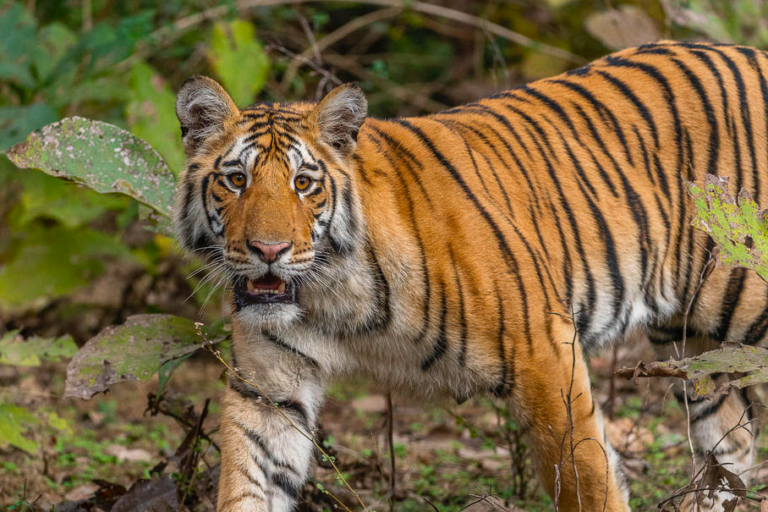KATHMANDU — Nepal’s Ministry of Forest and Environment is preparing to allow the construction of ropeways inside protected areas of the country, a draft of a proposed regulation seen by Mongabay suggests.
Ropeways, which carry cable cars, are not permitted in protected areas such as national parks under current laws. But the proposed National Parks and Wildlife Conservation Regulations show the government plans to allow their construction if it eases travel for people and goods to and from religious or tourist sites, provided no other viable public transportation options exist or if a ropeway is deemed more environmentally friendly and wildlife-friendly compared to alternative transport methods.
“We are yet to finalize the finer details of the regulation,” Bed Kumar Dhakal, spokesperson for the Department of National Parks and Wildlife Conservation, told Mongabay. He denied that a draft was already being finalized. However, a government source showed Mongabay a draft of the document, which also contains a provision to allow hotels and resorts back into national parks such as Chitwan, home to iconic wildlife such as tigers and rhinos.
Talks of the draft regulation come a few months after Nepal’s government recently issued a controversial new directive allowing the construction of large-scale hydropower plants inside the country’s protected areas, despite opposition from conservationists. The Ministry of Forest and Environment is also working new regulations to permit hotels to operate within national parks like Chitwan, according to a draft seen by Mongabay.

The issue of ropeway construction in protected areas cropped up after the previous minister of forest and environment, Prem Bahadur Ale, issued an executive order in May 2020 that opened up protected areas to hydropower projects as well as ropeways.
However, opponents mounted a legal challenged to the order, and a court annulled it a year later, saying it didn’t recognize the order. It also called on the government to prepare appropriate legislation to address the issue.
Ropeways have attracted a lot of attention from the private sector in Nepal as a profit-generating tourism product. Private corporations have proposed around a dozen ropeways around the country and pledged to invest millions of dollars on them. Some of the proposed projects, such as one in the Annapurna Conservation Area, either pass through or are based in protected areas, prompting ecological concerns such as habitat degradation and fragmentation.
The proposed regulation states that either the base station or the final station of a ropeway needs to fall outside a protected area and on private land. It also states that developers will be allowed to develop only the bare minimum of structures absolutely required for the functioning of the facility.
According to the draft regulation, the annual fees developers have to pay the government for land will be determined based on the length of the ropeway. While projects that run less than 1 kilometer (0.6 miles) will be charged 1.8 million rupees ($13,500), those running longer than 5 km (3 mi) will be charged 5 million rupees ($37,500).
This article by Abhaya Raj Joshi was first published by Mongabay.com on 29 March 2024. Lead Image: A woodpecker in Chitwan National Park. Image by Jonny via Flickr (CC BY 2.0).
What you can do
Help to save wildlife by donating as little as $1 – It only takes a minute.







Leave a Reply